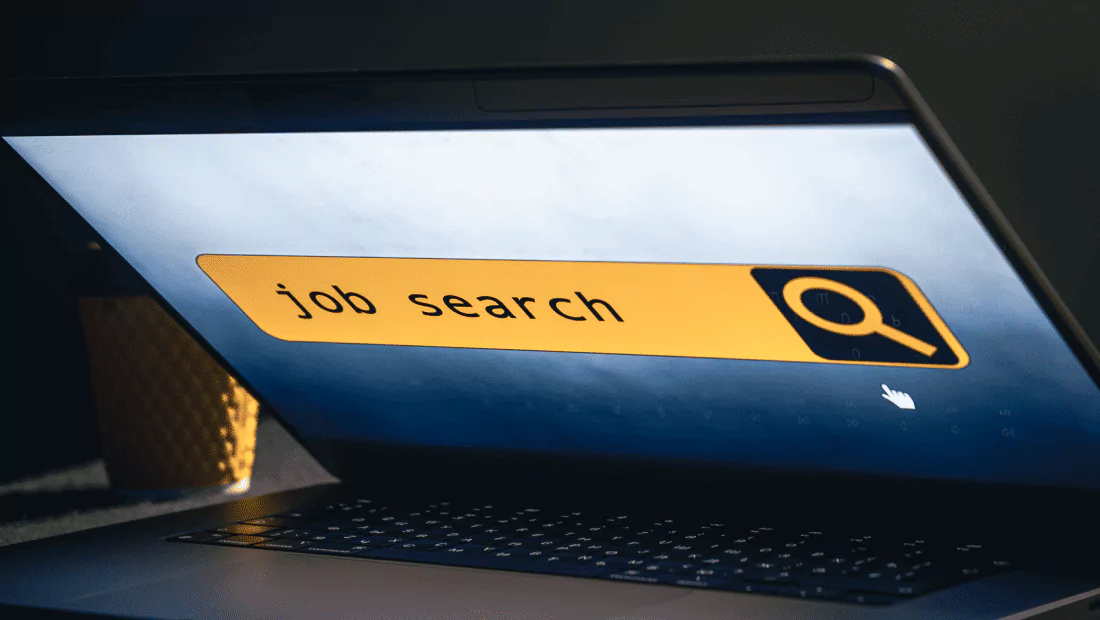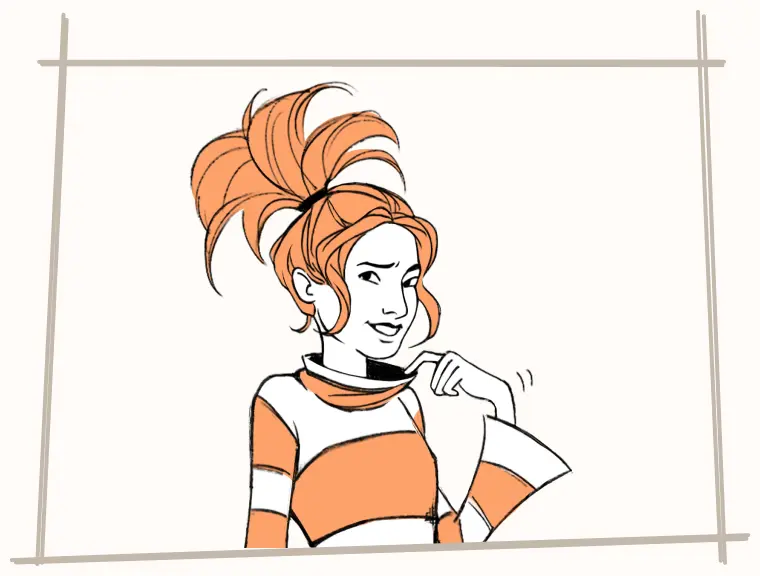Boost Your Business: The Basic Link Between Website Design and SEO
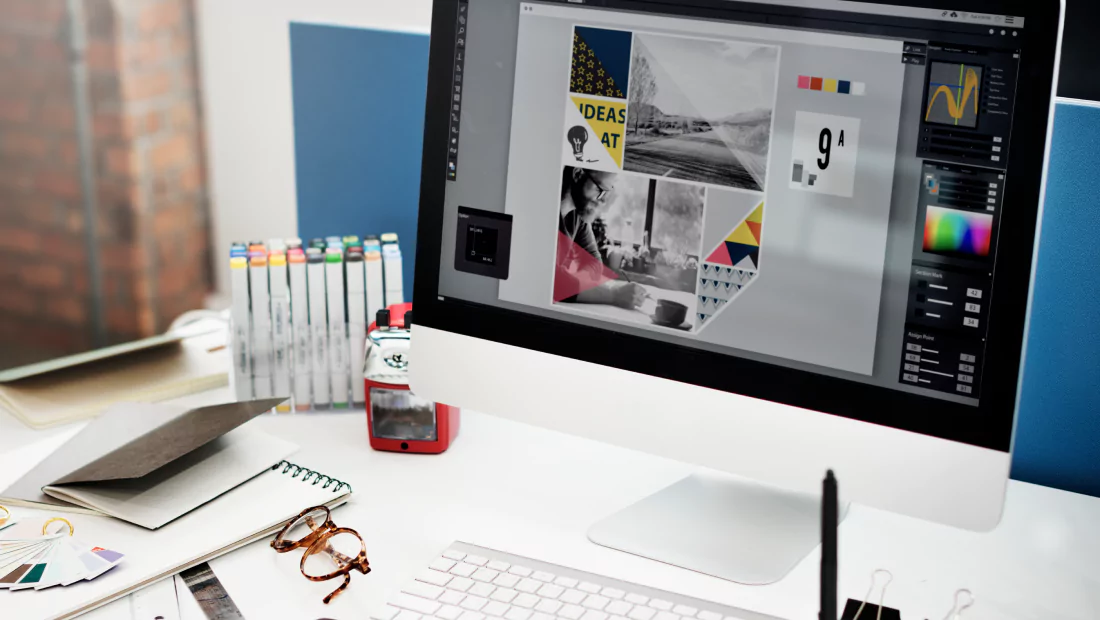
However, the average page view is less than 10 seconds, the bounce rate rises to 70% compared to the norm of 30-35% for B2C (business-to-client) websites, and the number of leads is zero.
If you are not satisfied with the results of your team's work, you are in the right place. Today, we will examine the relationship between the front end of a website and its back end, SEO website design, and specific steps for your business through the lens of arguments and a solid evidence base.
The “why”: the interconnection
The reason for low traffic may lie in an incorrectly designed website, which also affects its traffic.
Design has a greater impact on user experience, while SEO is necessary for Google and other search engine algorithms. Read our article to see more.
Aesthetics (UX/UI design in a professional environment) and SEO architecture should work together, not against each other. Dividing the tasks of creating them between different sides of the project leads to promotion without visible results. And what is the point of a website that does not generate sales?
How SEO website design provokes the bounce rate
It is not difficult to trace the trend of closing pages based on your own experience: how quickly would you go to another website to search for information if the first one does not load? Annoying ads covering half the screen, a 2010-style SEO optimized website design, and a bunch of pop-ups. Plus, there is the loading speed. Do you know how many users wait just 2 seconds before leaving a page? 39%. And as many as 47% expect the web page to load faster.
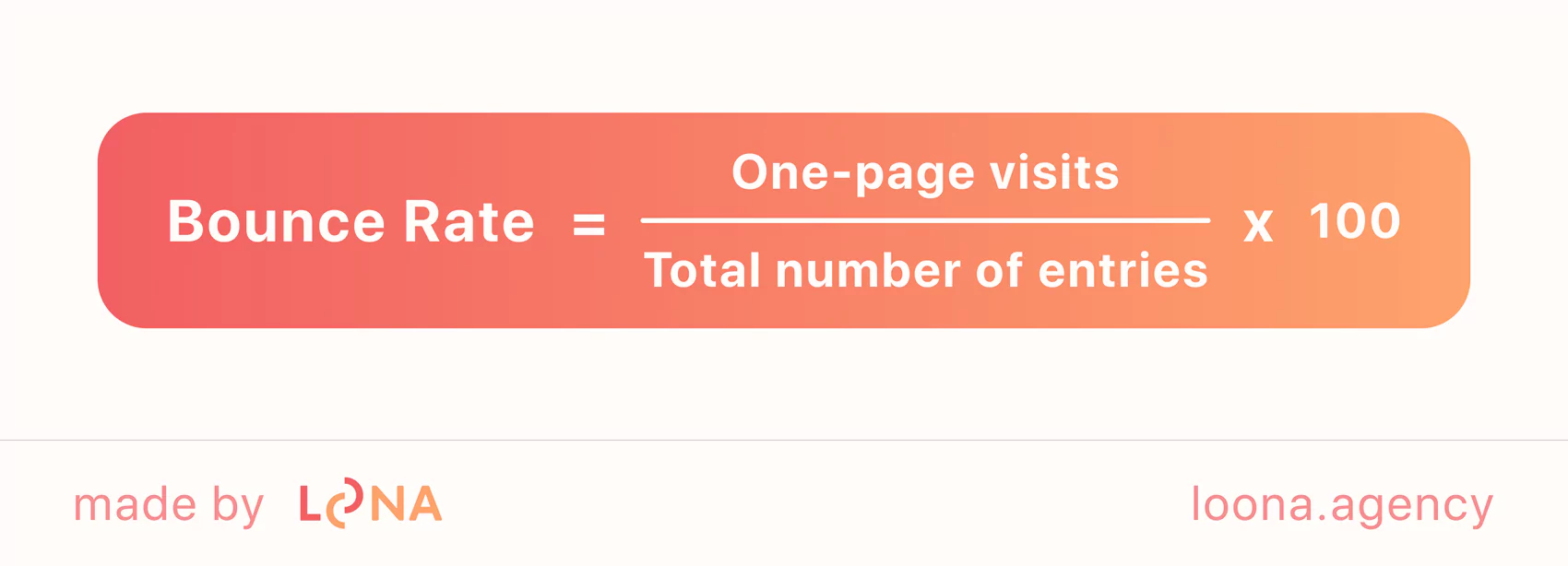
The bounce rate influences this. It shows how much traffic came to the page but did not stay there and left immediately. This is one of the points of the site ranking algorithms, and it makes a lot of sense for Google. By the way, we previously wrote a full guide analysis of the platforms of the most famous search engine: read it, you won't regret it.
This is how the search network determines whether a resource is interesting or useful to people and whether it needs to be promoted higher. Factors that increase the bounce rate and make an awful SEO website design:
The site structure is so confusing that it is impossible to understand where you just landed and why.
A SEO web designer who is stuck in the early 2000s. SEO web designs may be attractive to viewers.
Advertisements that pop up before you can blink. It is probably not a good idea to place too many ads that are intrusive and catch the eye.
Page loading takes longer than 3-5 seconds. Check with PageSpeed.
Articles that you want to close as soon as you read the title or the first paragraph.
The “buy,” “contact,” or “read more” buttons are sometimes misleading or simply promote action quite aggressively. And if the phrase “right now” is also present, it creates the feeling of a scam. The visitor will leave without even finding out what you wanted to offer them.
All of this influences SEO friendly web design. Approximately 94% of a website's first impressions are related to its web design for SEO. By identifying and addressing the causes of a high bounce rate, you can increase traffic and, in particular, the number of potential customers.
Average time on page
How many seconds do you spend reading the headline? And the introduction? Do you scroll down? When studying information on your website, readers are influenced by many stimuli:
small font;
bright colors;
generic article and section titles;
slow page loading.
Or it may be the discovery that the information a potential customer was looking for does not exist here at all.
Content structure and scrolling
The report on scrolling from 2018 was published by the Nielsen Norman Group. The researchers examined the behavior of 120 people by looking at eye-tracking data. The team concentrated on measuring how long people spent scrolling down the page. On average, a lot of the viewing time went to the top 20% of any page, and furthermore, about half of it was in the top 40%, regardless of the page’s length. The NNG discovered that people are now using the scrolling feature more than in 2010.

Research on scroll depth in e-commerce confirms that the average viewing depth is ≈58%, but pages with high this marker have higher conversion rates. The structure should encourage the reader to scroll further down, without destructive visual barriers. How can this indicator be improved in web design for SEO?
Interactive elements and the user's attention
You can also engage users in a more playful way by creating quizzes, surveys, calculators, buttons, and visual animations that allow viewers to participate. In scientific research on retaining people's attention, techniques such as gamification are employed. And yes, it also affects scroll depth, bounce rate, and average time on page. It is mainly used in education, but it can also be useful in business.
After adding a calculator and a survey, the average time a user spends on the page can rise from 2:15 to 3:50. Various researches also indicate that the bounce rate reduces from 58% to 43%. This situation proves that interactive features in website design with SEO help maintain the audience’s focus and encourage users to stay and explore the site more.
Quizzes and infographics that change make the content more engaging and likely to motivate users. If graphics are updated instantly from the data added by users, people can explore the topic more personally, which increases the amount of time spent on the page. With this format, you connect more to the material and start caring about the resource.
Visual engagement factors
The way text is displayed and the difference between colors influence how simple it is for people to read and continue using the website. The Typographic Association states that using suitable fonts can boost engagement by 133% and make it easier for people to read by 30%. A text needs to have a clear contrast with its background, so the ratio should be at least 4.5:1. A reading experience becomes easier when there are 1.5-2 lines of space between lines and 50-75 characters per line. This way, users can concentrate and keep reading for a longer time.
Design elements that affect SEO
If there is a knowledgeable web designer SEO on the team, they will quickly point out what is “right” and “wrong” in the mockup before publication. However, not all design decisions improve the technical and behavioral web design SEO components. Sometimes, there are such deteriorations that the SEO specialist will be called in for questioning on a regular basis. Let's put our imagination aside and focus on real indicators.
For organic website growth, website design & SEO must work in tandem. Of course, there is also a marketing approach called SEA, but that's not what we're talking about today.
Heading hierarchy and page structure
The correct use of HTML tags forms the so-called “skeleton” of the page. It doesn't have to be a blog article; the H2-H3 gradation also exists on landing pages, services, or in the “about us” section. The backbone of the article should encourage the reader to scroll down, spending more time on the page and improving scroll depth at the same time.
Correct H1-H6 layout and how the crawler reads it
Who reads it? You saw it right. A crawler is a search robot for collecting content on new pages on the web. The first thing it analyzes is the title, description, H1, and H2 (main title and main sections). All these elements should be related to the topic of the page in question, and the key phrases should make it clear what the content is about. This also affects people — they “scan” the text with their eyes in the same way. And if the headlines do not reflect the main reason why they came here, they will not stay longer than 10-15 seconds.
Design as a way to emphasize the logic of content
“Text sheets” are a typical mistake made by junior copywriters or web design SEO specialists.
Interested in learning how we maximize business success? Take a closer look at one of our tools, copywriting.
You cannot present material in a solid column. An experienced author knows how to break up text for easy reading and overall appeal website design with SEO, in addition to H2-H3:
lists;
tables;
illustrative material;
infographics;
interactive elements/animations on the website;
quotes.
All these elements should illustrate and complement the main material. Under no circumstances should an image be from a different topic, or a table be completely detached from reality.
Impact on behavioral metrics through color scheme, fonts, readability
Unique fonts contribute to brand recognition. According to a study by the Institute of Typography, 60% of consumers are more likely to identify companies with their own fonts. Classic serifs evoke associations with reliability, as in The New York Times, while clean sans serifs like Helvetica emphasize progressiveness, which is why Google and Airbnb rely on them.
Another example is Nike. This American sportswear corporation is instantly recognizable by its specially designed font. Even if you see their post in an ad, you will immediately recognize their corporate style, regardless of the account name. At this moment, a certain image of the website design and SEO company is created in the viewer's mind, and every interaction with the brand reinforces loyalty.
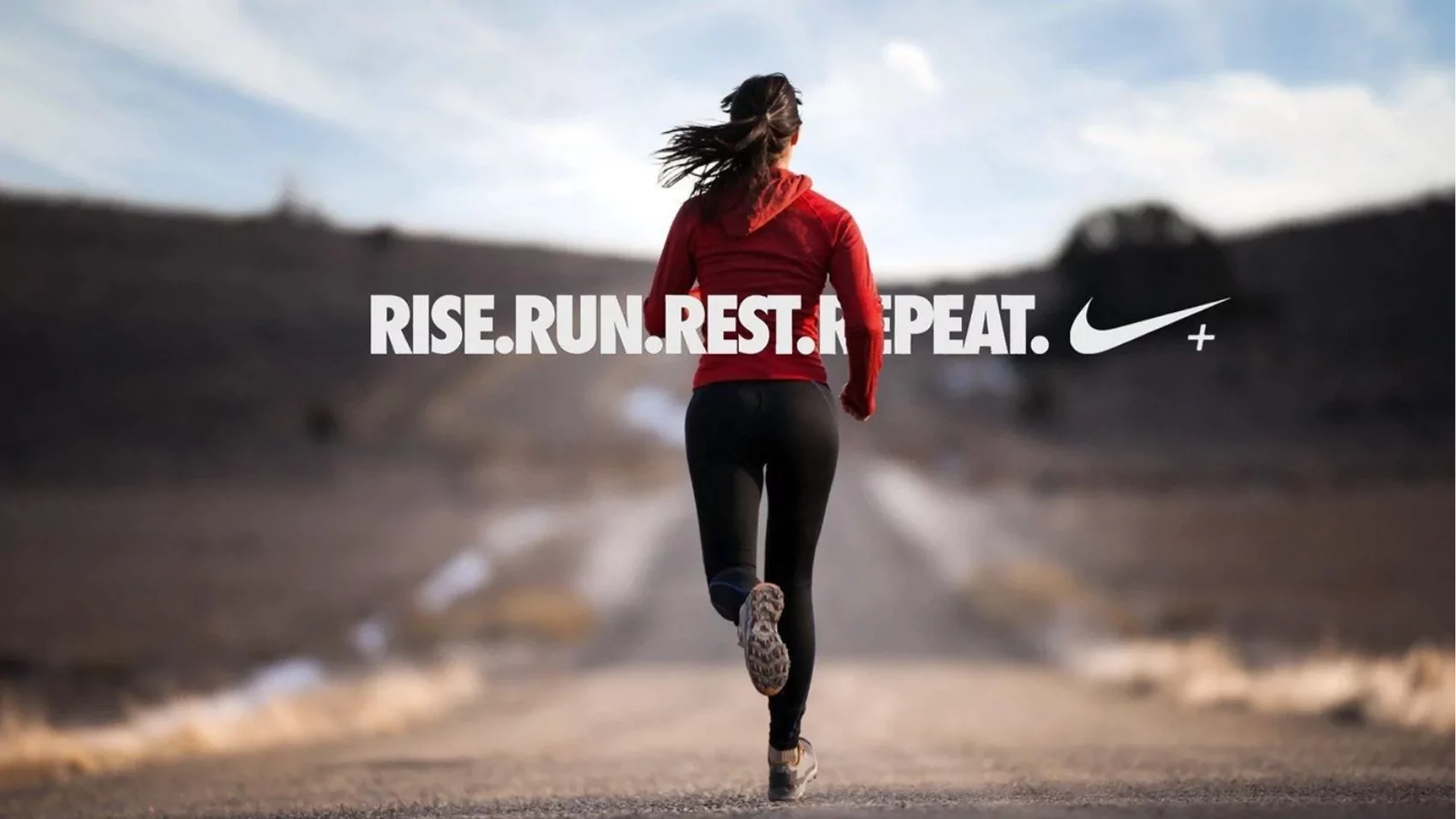
Investing in exclusive fonts for website design for SEO and brand integrity increases revenue by 10-20% according to Adobe. How so, you ask? High-quality consistency in the brand improves customer relationships and lasts for years. It also helps you stand out from your competitors, surpass them, and increase loyalty. As a result, you get a return on your investment. The initial development costs are offset by the long-term effect, when the font becomes as much a symbol of the brand as the logo or slogan.
Mobile adaptation
What about the mobile version of the site? Yes, it also requires a lot of work. More than half of all global traffic comes from smartphones. Therefore, mobile web design SEO would be strange not to adapt the resource for such readers. This applies to font size, correct display of images, localisation of titles, and scaling of individual interactive elements, if any.
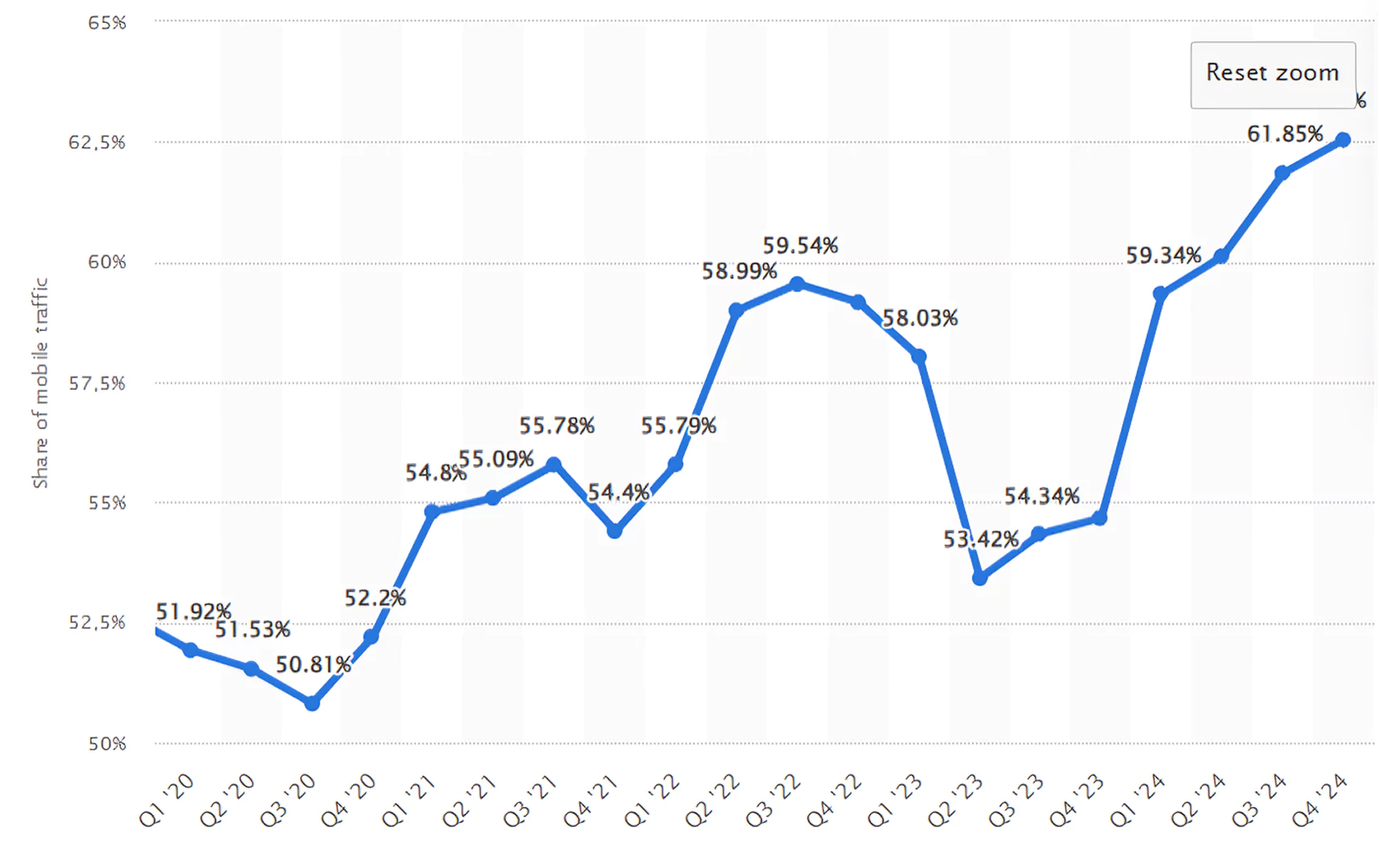
The way a search engine judges a website’s position depends on how adaptable it is. Imagine that a website adapts to be used on tablets, mobile phones, and computers. As a result, Google will mainly rely on your mobile site, so if it’s cut short, slow, or lacking in capabilities, it will have a direct effect on how much you appear in search results.
When a site is not responsive, users encounter inconveniences: small buttons, slow loading, annoying pop-ups — this makes them leave immediately. Search engines quickly scan for such “red flags”:
high bounce rate,
low viewing depth,
short sessions.
Google has confirmed that the mobile version is now the primary one for indexing — if the UX on smartphones is poor, it immediately affects rankings.
Suppose your website design for SEO was built and is easy to navigate on the computer, but when using a mobile device, certain information is missing or the menu is hidden too far down. Since Google sees a partial version, it could decide to lower the website’s rankings because it thinks the site is not yet finished. Often in the area of SEO web design, users reported that after searching on Google, they clicked on a link, but the menu or buttons were not visible, which was very irritating. For this reason, your web pages may see people leave, raising the bounce rate.
Even if a website is beautiful, if the menu is not easy to find, visitors will see text blurrily on their phones, and it takes ages to finish loading, they will not stick around as long as they would on a more user-friendly site.
Since May 2024, we have started a partnership with Plum ProExteriors, a roofing business in Sault Ste. Marie, Massachusetts. After making changes to the website, primarily to its mobile version, we resolved the issue of not being able to compete with companies that had a strong website design for SEO foundation and were hardly visible in local searches. We know how to get more leads with SEO for a window and door business, and will study this example in more detail in the next section.
In the case where the site responds fast, has all information, operating menus, and loads quickly, users find it more valuable, which search engines notice and think the same. In this manner, Google can collect all the text and add the main information to its index. You may enjoy our other case studies if you don`t trust only one example.
For now, continue to make the design like it is on the desktop. Rather than trying to make the site look different, ensure the content remains the same and add some UX to enjoy consistent traffic and increased visibility, allowing more people to notice your site.
The synergy in action: examples and benefits of SEO web design
Theory is useful; however, it’s meaningless without hands-on experience. Almost nothing. His situation was similar to the clients we have dealt with before.
As a construction company, Plum ProExteriors primarily deals with roofing and siding for houses. In spite of being favored, this type of cladding is not easily visible on the first pages of local searches, and it didn’t bring in as many customers as desired. Loona Agency achieved the potential of this business through the following methods of SEO web design:
A growth plan that targets specific areas. An in-depth audit was done to study the local job market.
Setting up SEO for a local area. Our efforts were aimed at increasing the number of people visiting our site through local search results.
Content creation. Written blog articles and service pages that are better for SEO.
Link building. Better placement in search results and a higher number of links to the site.
Ensuring your local business appears on Google My Business. More people find your business in the local area and on search engines.
Being found on Google Maps. More effective advertising and better involvement with people around you.
A website must be redesigned from scratch. A refined design and structure were created to enhance the site’s usability and the presentation of information.
Our approach was to use local web design and search engine optimization methods to boost Plum ProExteriors’ website authority and make its results visible in search engines. We worked on bringing in more local customers by securing their trust in the company’s website and achieving top positions on local search results. We also focused on making a complete redesign of the website. Our efforts made it possible for local customers to find us and decide to return.
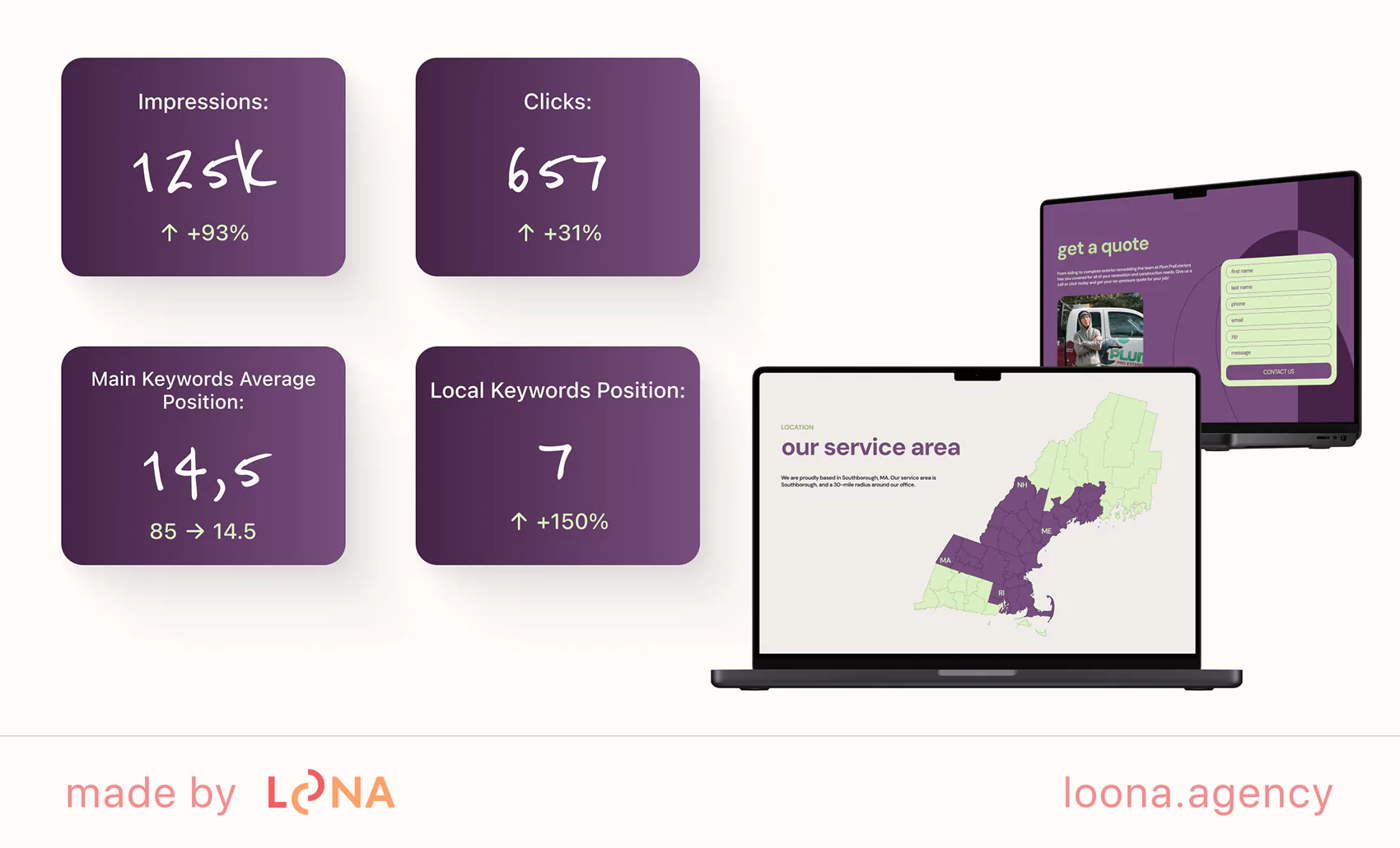
As we can see, web design and SEO are closely intertwined when building a high-quality website. Content, web design, and mobile versions cannot do without SEO strategy, link building, and localization, and vice versa. None of these steps can be skipped or overlooked.
Actionable steps for your business
Practical benefits are our everything, so in this section, we will look at specific steps that will boost your activities as a web design and SEO specialist. And if you are a business owner, send this article to your employees. If you have reached this point, you will find it interesting and useful to read.
Where to start and what to check first
A UX audit cannot be evaluated and improved “someday.” SEO web design needs to be optimized and adapted immediately. We have prepared a short checklist to help you analyze your UX. It is a clear list of where to start and what to check right now, even without access to the code:
Mobility. Go to the website through your mobile device. Is reading the text simple? Are you required to zoom in by swiping your fingers on the screen? Is it simple to tell the buttons apart?
User interface. Is it obvious to you how to access the information you require? If finding contacts requires more than two clicks, that means something is wrong.
CTA stands for call to action. Are there such examples? Is it easy to tell what will happen when the button is pressed? The option “send” will not appear unless you enter “Get a quote.”
Speed. If visitors experience slowness when loading the website, they will probably look elsewhere. It is possible to check this without working with a developer by using PageSpeed.
Give the checklist to the person in charge of updating the interface for their reference.
How to adapt your SEO web design for mobile-first indexing
As we have already seen, the SEO website design of a mobile site's version has a significant impact on how Google perceives it. Let's take a look at the main points of such a redesign and how to avoid falling down the rankings.
Point | Why It Matters | What to Do |
Content Visibility | Google indexes mobile content. Hidden texts may be skipped. | The text must be visible. Avoid hiding content in expandable blocks. |
Mobile Speed | Heavy elements can slow down page load times, increasing the bounce rate. | Use lightweight fonts, fewer animations, and responsive images. |
Logical Structure | Search engines rely on proper heading hierarchy to understand content. | Use H1-H6 consistently. Don’t skip H1. Avoid random or decorative headings. |
Interface | Users interact with thumbs, not cursors. Tiny buttons cause frustration. | Make buttons large enough to tap. Check the spacing between elements. |
Simplification | Desktop-level design overloads mobile devices and users. | Remove unnecessary effects. Focus on clarity and core functions. |
If a website loads or works poorly on mobile devices, it will likely not be uncovered by searchers. Being adaptable is not a luxury, but a necessity for any indexing or interaction.
What no website can do without
Web design and SEO work together as part of the same system, which can run smoothly or fail before the user’s view. Contact us and we’ll help you build a site that performs on all levels — at Loona Agency, we work with both logic and precision, aligning structure, usability, and visibility. A website should be carefully structured and arranged so that it both looks modern and keeps its ranking, most importantly in its mobile version, because every second matters.
You cannot solve these tasks with templates or just by using your intuition. Only a team that considers the user, Google, and the business’s perspective can do this type of engineering for a website. That is the way Lооna Agency operates. Our work produces a web design and search engine optimization that looks great and ranks well in search engines, making it simple to reach your customers.




